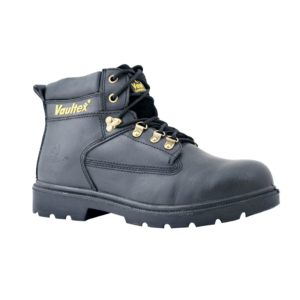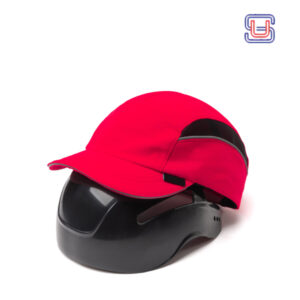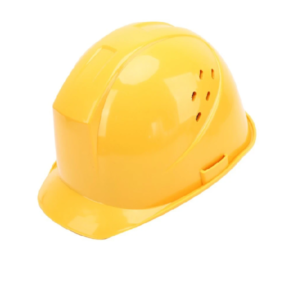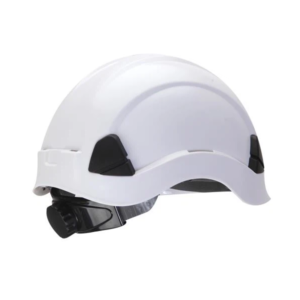Robust safety products play a crucial role in ensuring the safety and well-being of workers across various industries in the UAE. These products are characterized by their durability, resilience, and effectiveness in protecting against occupational hazards prevalent in environments such as construction sites, manufacturing facilities, oil and gas refineries, and healthcare settings. In the bustling construction sector of the UAE, for instance, robust safety helmets, high-visibility vests, and protective eyewear are indispensable. These items not only shield workers from falling debris and ensure they remain visible in busy and potentially hazardous conditions but also comply with stringent safety standards mandated by local authorities. Such compliance is not just a matter of legal obligation but a fundamental commitment to safeguarding the workforce against accidents and injuries. Similarly, in industries like oil and gas, where workers face risks such as chemical exposure and fire hazards, robust safety products like flame-resistant clothing, chemical-resistant gloves, and specialized respiratory protection are essential. These products are designed to withstand the harsh conditions inherent to these workplaces while providing reliable protection against serious occupational risks.

“Robust” safety products refer to personal protective equipment (PPE) that are exceptionally strong, resilient, and effective in protecting workers from various occupational hazards. These products are designed to withstand demanding work environments and provide reliable protection under challenging conditions.
Robust safety products typically feature:
Durability: They are constructed from high-quality materials that are resistant to wear, tear, and damage. This durability ensures that the PPE remains intact and effective throughout its intended lifespan, reducing the need for frequent replacements and maintenance.
Resilience: Robust safety products are resilient against impacts, punctures, and other physical stresses. They are capable of maintaining their structural integrity and protective properties even in harsh environments such as construction sites, industrial settings, or emergency response scenarios.
Reliability: These products are designed to consistently perform as intended, providing dependable protection against specific hazards like falls, impacts, chemical exposures, or respiratory risks. Their reliability is crucial for ensuring the safety and well-being of workers in diverse industries.
Compliance and Standards: Robust safety products adhere to relevant safety standards and regulations, demonstrating their compliance with industry norms and ensuring they meet or exceed minimum safety requirements. This compliance enhances confidence in their effectiveness and suitability for use in professional settings.
Ergonomic Design: Many robust safety products also prioritize ergonomic design features, such as comfortable fits, adjustable straps, and lightweight materials. These elements contribute to user comfort and encourage proper PPE usage, enhancing overall safety compliance and worker satisfaction.
Overall, robust safety products play a vital role in protecting workers from occupational hazards while promoting a safe and productive work environment. Their durability, resilience, reliability, and adherence to safety standards make them essential tools for mitigating risks and maintaining workplace safety across various industries.




